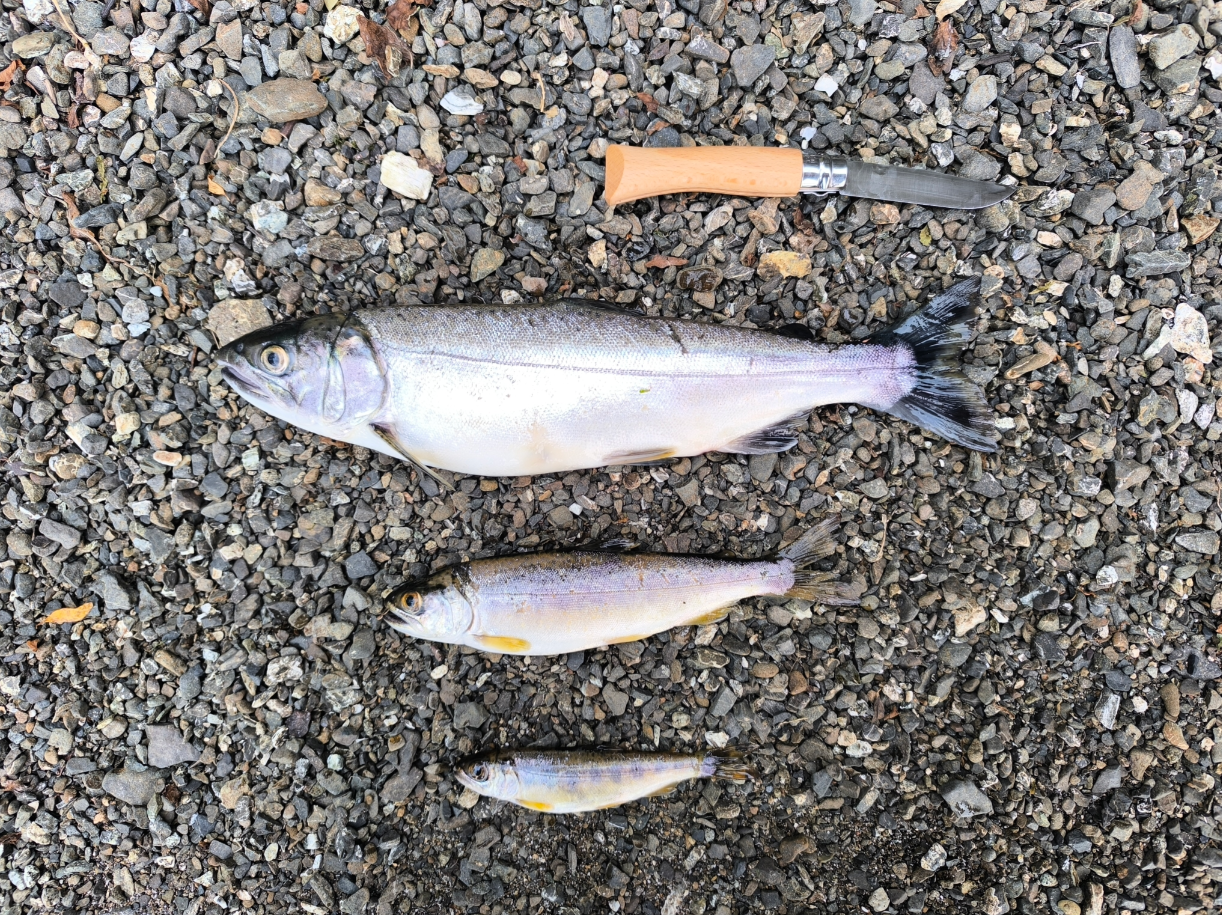
Scientists from the Vitus Bering Kamchatka State University have discovered a population of the resident form of coho salmon in Lake Ostrovnoye on the southeastern coast of Kamchatka. When the Red Book of the region is reissued, the new population is planned to be included in the list of protected species, the university's press service reported.
"This is the seventh known population of the freshwater form of this species on the peninsula. Unlike the usual migratory coho salmon, which migrates to the ocean, this fish constantly lives in fresh water. The resident coho salmon of Ostrovnoye leads a predatory lifestyle, preferring to feed on stickleback. The fish reaches sexual maturity in the fourth to fifth year of life. Scientists have established that spawning occurs in winter, and the population is quite numerous," the press service reported.
According to the researchers, the lake basin is home to both resident and migratory forms of coho salmon. The migratory form swims up to the lake's tributary, the Bolotnaya River, to spawn, while the migratory fish spawn in the lake itself. There is reproductive isolation between the forms, although sometimes individual migratory spawners can swim to the lake's spawning grounds.
Migratory and resident coho salmon are clearly distinguished in mixed catches. In September, spawning groups of both populations were at late stages of gonad maturity. Residential spawners weighing 180-250 grams are noticeably different from migratory fish, reaching 2-3 kg.
It is noted that all previously known populations of migratory coho salmon in Kamchatka are included in the regional Red Book. They live in the lakes Kotelnoye, Khalaktyrskoye, Maloye Sarannoye, Golyginskoye, Ayaogytgyn and Kalanan. At the same time, the populations in Khalaktyrskoye and Kotelny are on the verge of extinction or have already disappeared due to overfishing.
"When the Red Book of Kamchatka Krai is reissued, the new population of coho salmon is planned to be included in the list of protected species. Protection measures will be developed by the Ministry of Natural Resources of Kamchatka Krai. Experts are confident that it is necessary to inform the population that this is a rare, valuable fish that is better not to catch," the press service added.
About Ostrovnoye Lake
Lake Ostrovnoye, despite its proximity to Petropavlovsk-Kamchatsky, remained poorly studied for a long time. In September 2024, specialists from the Vitus Bering Kamchatka State University and the A. N. Severtsov Institute of Ecology and Evolution of the Russian Academy of Sciences conducted a comprehensive survey of the reservoir with an area of 4.3 square kilometers. The lake was formed as a result of block tectonics, typical for the southeastern coast of Kamchatka. The bottom of the reservoir is almost perfectly flat, with an average depth of 5 m. Depending on the altitude above sea level, such reservoirs can be either fresh or salty. Ostrovnoye is considered freshwater.
"Residential populations of coho salmon occur in lakes rich in food, usually near the ocean coastline. There are few of them, and the problem is mainly that such populations are heavily overfished by amateur fishermen. Specifically, Lake Ostrovnoye had not been surveyed before, so no one knew about the local population of lake coho salmon," the press service quotes the words of the project leader, Doctor of Biological Sciences, employee of the Youth Laboratory of Anthropogenic Dynamics of Ecosystems of the Vitus Bering KamSU and the Laboratory of Ecology of Lower Vertebrates of the A. N. Severtsov Institute of Ecology and Evolution of the Russian Academy of Sciences, Evgeny Esin. During the research, the scientists also discovered that Lake Ostrovnoye has a high diversity of fish. Dolly Varden, char and a school of sockeye salmon live here. Residential nine-spined and three-spined sticklebacks live along the shore, the anadromous form enters the lake to spawn at the beginning of summer, and toothed smelt sometimes gets from the Ostrovnaya River. In autumn, starry flounder can be found here.
The results of the study will be published in the journal "Problems of Ichthyology".
